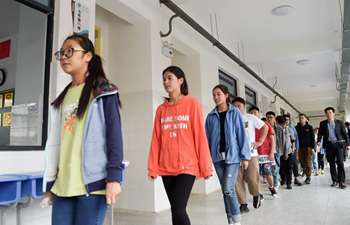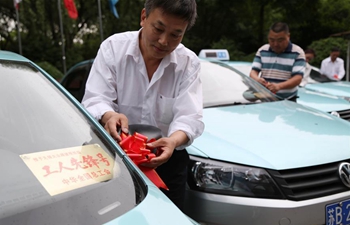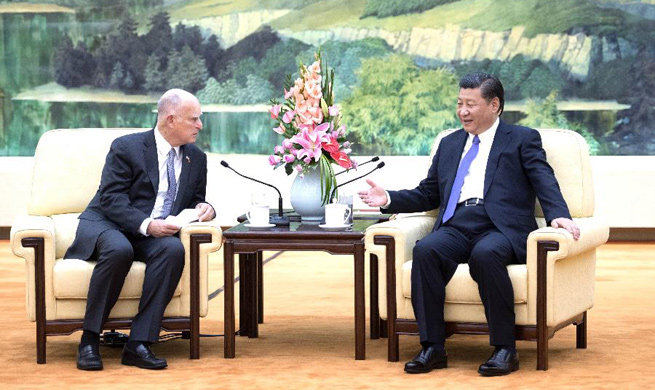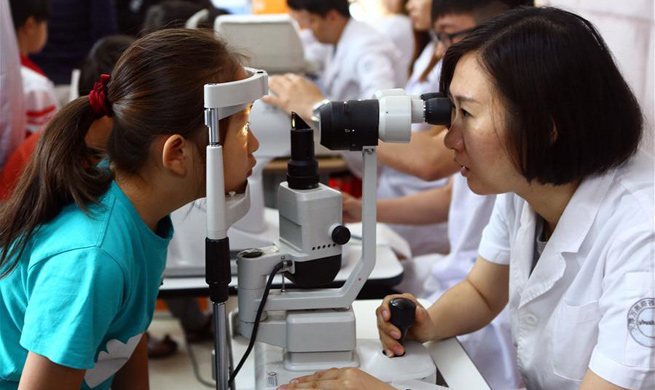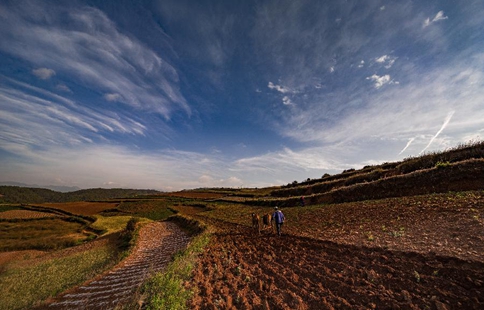CAPE TOWN, June 6 (Xinhua) -- South Africa has entered into a technical recession as its gross domestic product (GDP) growth rate was 0.7 percent in the first quarter of 2017, according to data released on Tuesday.
The contraction followed the GDP decline of 0.3 percent in the fourth quarter of 2016. In 2016, the economy grew only 0.3 percent for the year.
"Over the last four years there were instances of negative economic growth prior to the last two quarters,"Joe de Beer, Deputy Director General of Economic Statistics at Statistics South Africa (Stats SA), said while releasing the figures in Pretoria.
The largest negative contributor to GDP growth in the first quarter of this year was the trade, catering and accommodation industry, which decreased by 5.9 percent and contributed minus 0.8 of a percentage point to GDP growth.
The manufacturing industry contracted by 3.7 percent and contributed minus 0.5 of a percentage point to GDP growth as seven out of 10 divisions reported negative growth rates in the first quarter.
The largest contributor to the decrease was the petroleum, chemical products, rubber and plastic products division.
In contrast, the mining and quarrying industry increased by 12.8 percent, and contributed 0.9 of a percentage point to GDP growth.
The agriculture, forestry and fishing industry rebounded in the first quarter of 2017 on the back of eight consecutive quarters of contraction.
The industry's increase of 22.2 percent in the first quarter this year was mainly a result of increases in the production of field crops and horticultural products.
Meanwhile, expenditure on GDP fell by 0.8 percent in the first quarter of 2017 and household final consumption expenditure decreased by 2.3 percent in the first quarter, contributing minus 1.4 percentage points to total growth.
There was a clear link between household consumption expenditure and a decline in trade industries growth, said de Beer.
He linked this to the household sector not buying as much.
During the period, gross fixed capital formation grew by 1.0 percent, a second consecutive quarterly increase.
There was a 2.7-billion-rand (about 211-million-U.S.-dollar) build-up of inventories in the first quarter of 2017, which contributed 2.5 percentage points to total growth.




